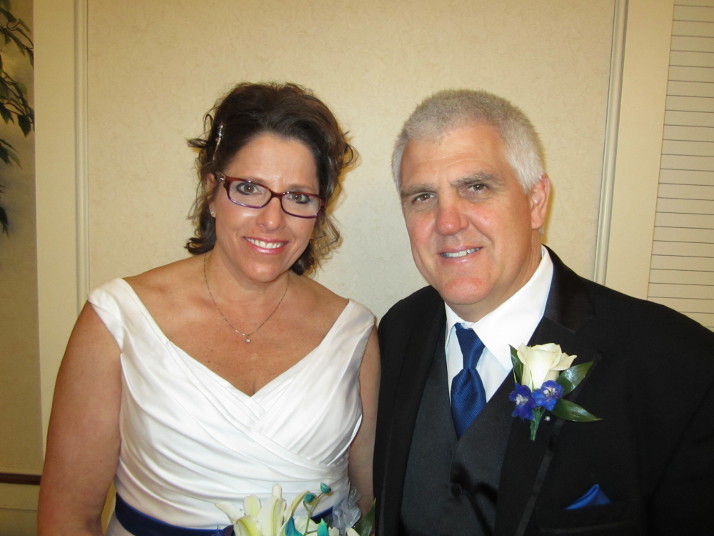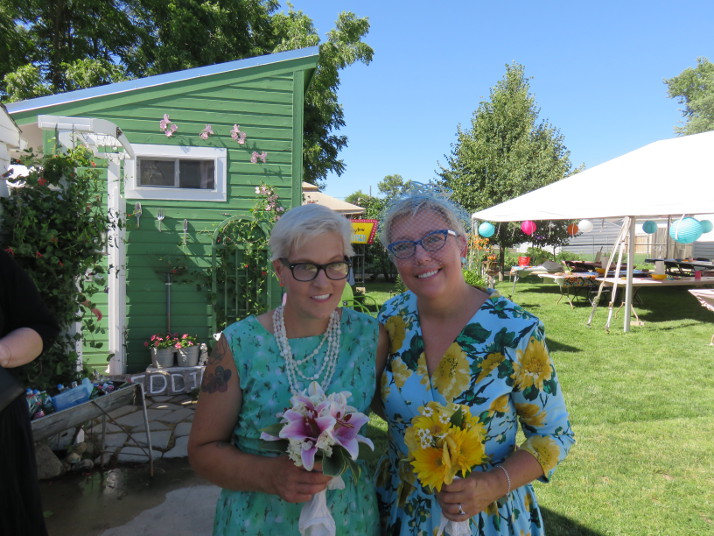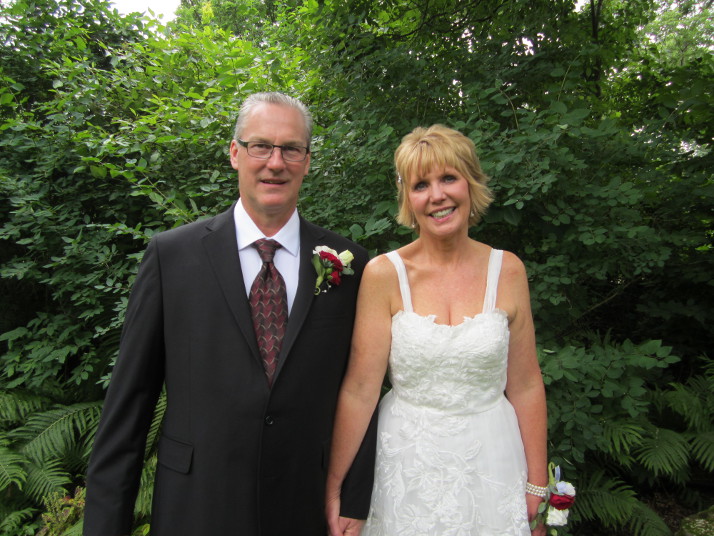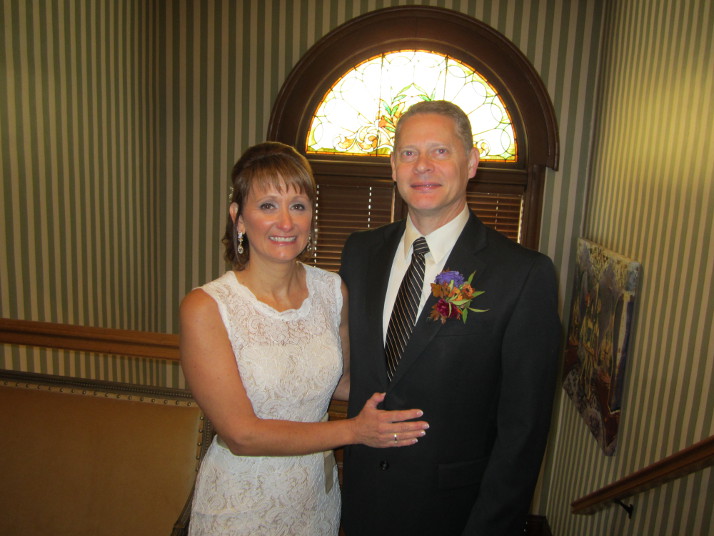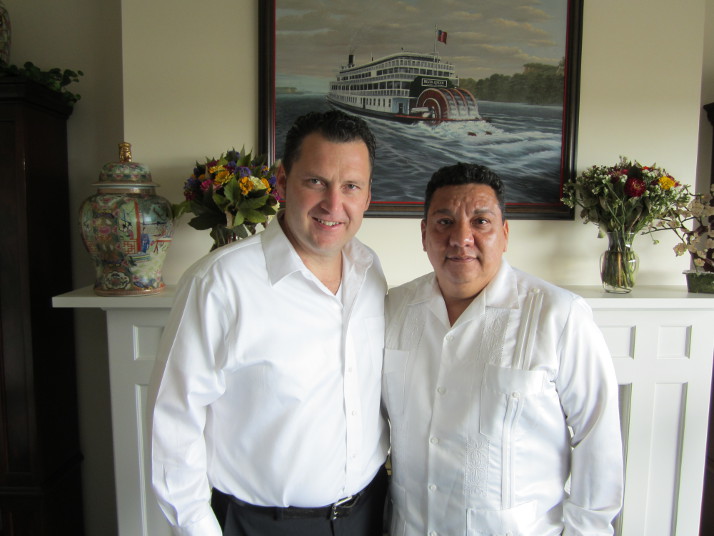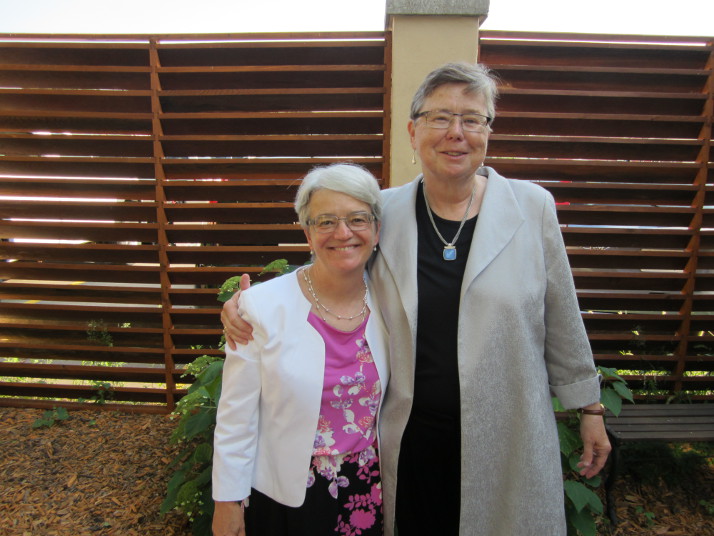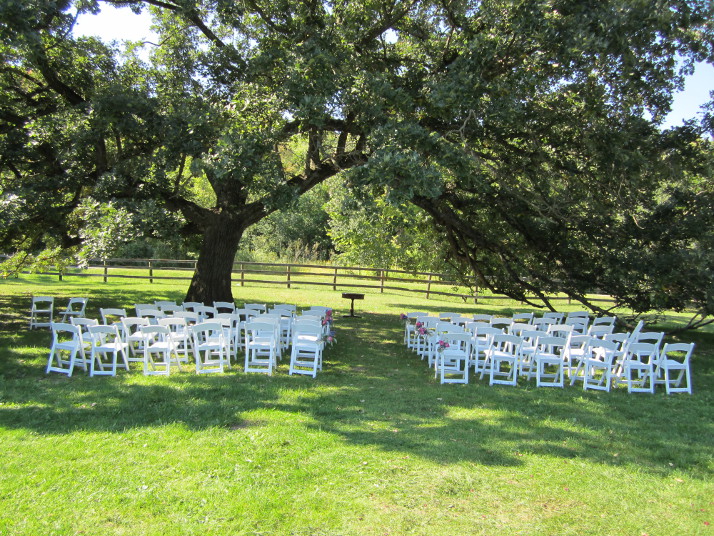Wedding Ceremonies: A Study in Contrasts
I recently had the opportunity to attend a relative’s religious wedding ceremony. It’s been quite a few years since I’ve been a guest at a church wedding, and the contrasts between the secular ceremonies I create for couples, and this recent wedding were stark.
The officiant’s first words were to inform us that we were there for Christ. I usually open by noting that we have gathered to reflect on the love the couple has found together, to honor the commitment they are making in marriage, and to celebrate the bright future in front of them.
The sermon told the story of a recent experience the officiant had, rather than focusing on the couple’s story. Boilerplate vows followed with no opportunity for the personalities or values of the couple to be shared.
Once the vows and rings were exchanged, it was a typical Sunday service, until the final blessing which did speak to the couple. More than 80% of the entire service ignored the couple completely, in favor of the standard weekly prayers and rituals. In contrast, each ceremony I create focuses on the couple with every element selected to reflect, honor and celebrate them. Readings, reflections, unity rituals, and of course, vows are selected by and for the couple.
Since I don’t practice a religion, it is hard for me to understand how the ceremony I experienced is particularly meaningful and special for the couple. I hope they found it to be so, as every couple deserves a memorable wedding ceremony. It is wonderful that couples have choices these days, so they can select an officiant who will help them have the ceremony of their dreams. I enjoyed celebrating with family, and I wish my relatives a long and happy marriage. I also appreciate the reminder of the importance of the work I do as I prepare to celebrate six unique marriage ceremonies in the next two weeks.

